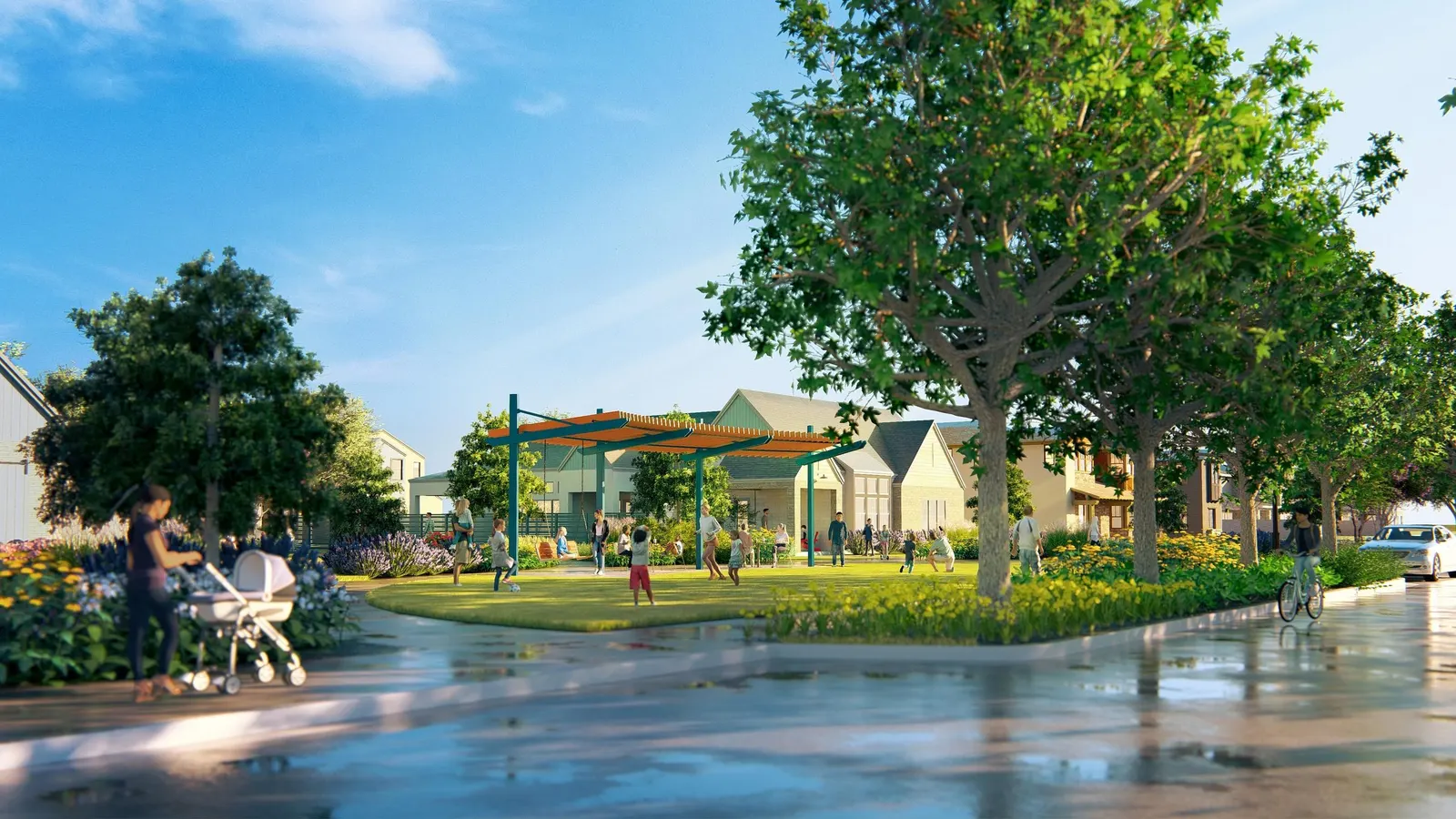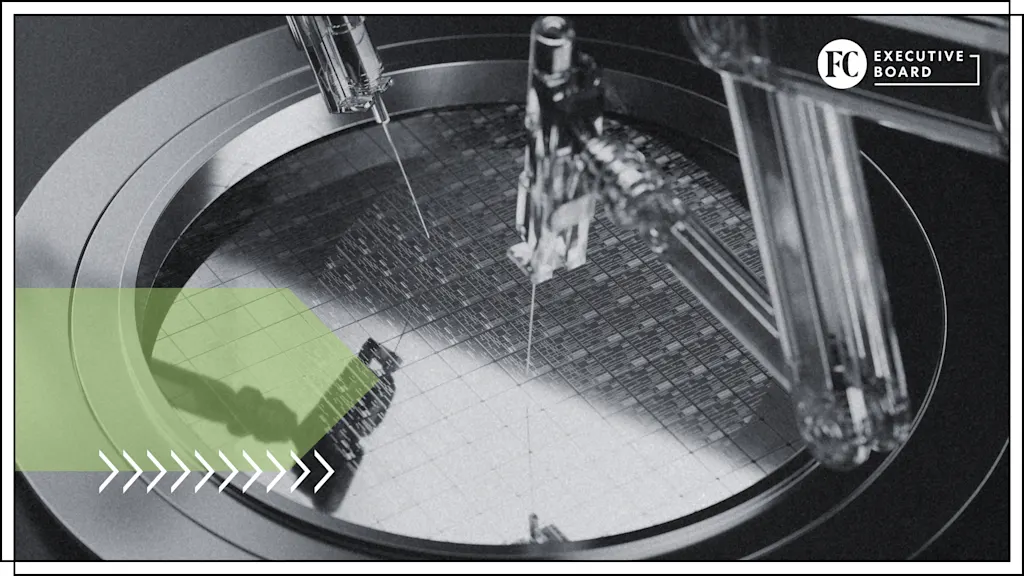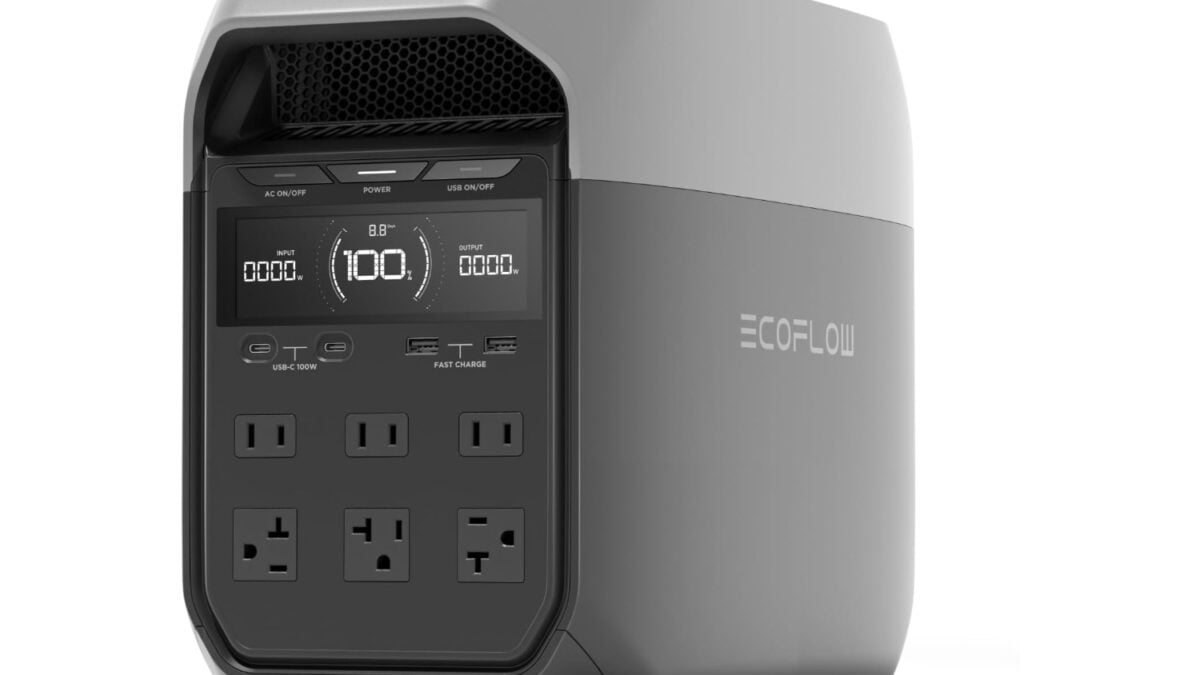Copyright forbes

Gathering spaces surrounded by nature and easily accessible on foot or bicycle can enhance residents' longevity. Austin Point Humans have been seeking ideas for extending their lifespans since ancient times, and continue to do so today. In many ways, our species has been remarkably successful in this endeavor — despite not finding the legendary fountain of youth — doubling our average life span in the last century alone. That doesn’t mean we’re resting on our laurels! In addition to better nutrition, modern medicine, advanced meteorology and safer transportation, we’ve also started looking at our home spaces for opportunities to extend our years of health. Given how many emails I get promoting longevity projects, I decided to reach out to some pros in the real estate, building and design fields on the ways our homes can potentially extend our healthy lifespans — and which ones are most in demand. “There is plenty of evidence that the built environment, including your home and neighborhood, can improve longevity,” declares Elicia Ratajczyk, a research scientist in Colorado State University’s Institute for the Built Environment. Her team has developed a Lifelong Home and Communities certification program to set standards for places that can serve as “forever homes.” Lifelong-certified properties are not exclusively 50-plus residences or neighborhoods, but they do suggest features that have special value to adults who wants to remain independent into their advanced years. “Promoting independence through design features that support mobility, vision, hearing, cognitive, and other changing abilities as we age,” is part of the program’s approach, Ratajczyk says, but many younger individuals may also experience physical challenges that impact how and where they can successfully live. And everyone can benefit from wellness and resilience design. These eight principles can potentially enhance our longevity and, according to real estate experts, our homes’ value. MORE FOR YOU 1/ Accessible Home Design Features “Features such as stepless entries, wider doors and hallways, and accessible bathrooms, kitchens, laundry facilities, closets, and other storage solutions can support mobility and limited movement as we age,” Ratajczyk explains. While 92% of older adults would prefer to remain in their own homes as they age, only 10% of American homes are aging-friendly. And these aren’t the only individuals who’d benefit from accessible homes. They can also support mobility for the estimated 19 million Americans overall who have at least some difficulties in this area. 2 / Visitable Home Having a home that allows visitors of any age or ability to visit you also enhances longevity, the researcher says. It means your beloved sister or grandmother with a walker can step into your home without help and use your powder room. This reduces isolation for you and for your guests! Visitability can also include what clinical psychologist and owner of wellness design consulting practice Haven, Guelph, Ontario, Canada-based Bev Walpole, describes as “micro-gathering zones.” You don’t need to have a living room or great room. “Even a small corner designed for morning tea with a neighbor, or a laptop-friendly table for creative work, builds community,” she suggests. 3/ Sensory-Attuned Home Design Features “Features such as contrasting colors on stair and counter edges, daylighting, and lighting designed to support circadian rhythms can support vision and cognitive changes as we age,” Ratajczyk points out. “Other features, such as the inclusion of calming sensory spaces, color pallets, and biophilia can support stress reduction and mental well-being,” she adds. Stress can lead to numerous illnesses that potentially reduce longevity. Walpole agrees. “Less clutter, more clarity!” she declares. “When we stop managing things, we have more energy to nurture relationships and experiences that truly sustain us.” Walpole also suggests surrounding yourself with nature and what she calls “meaningful visual anchors.” She describes those as “art, mementos, or photos that remind you of the people and places that nourish you.” The natural elements can include not just plants, but also natural textures and daylight to, “strengthen our sense of belonging to something larger than ourselves.” 4 / Smart Home Technology Features “Smart technologies and devices such as home security systems connected to Siri or Alexa can promote safety and independence as we age because these devices can notify help if we were to fall or even if we just were to just get locked out of the house,” Ratajczyk comments. “Voice commanded devices can allow us to control the lighting, temperature, and appliances in our homes easily from anywhere in the home or sometimes even when we are away from home,” she adds, also mentioning the convenience of smart doorbells. “All of these types of smart devices can help ourselves and our loved ones to be assured that we are safe and capable of independence at home, even if we aren't as agile or able as we once were,” she suggests. Walpole cautions that tech, while helpful, should be restricted. “Keep screens out of restorative zones to make space for presence — whether that’s with others, or simply with your own thoughts,” she cautions. 5 / Wellness Design Features “Today’s buyers are asking smarter questions about wellness, materials, and long-term livability,” observes Bryce Pennel, a Beverly Hills-based real estate professional with Douglas Elliman’s Pennel Group. “In Los Angeles especially, people want homes that make them feel good and feel current with today’s trends — healthy air, smart systems, and natural light are now as important as general design. Longevity has become a lifestyle conversation as much as a construction one and people in LA are obsessed,” he muses. Properties that feature restorative elements also appeal to longevity-focused buyers. Pennel cites saunas, steam rooms and cold plunges as commanding stronger prices. Nicole Peterson Doran, co-owner of regenerative medicine facility Humanaut Health’s Palm Beach Gardens location and host of The Healthspan Collective podcast agrees with their longevity potential, explaining, “Our bodies thrive on gentle challenges. A little heat exposure from a sauna or short bursts of cold from a shower can trigger powerful repair mechanisms that strengthen resilience over time.” She points to light exposure and circadian health as longevity enhancers too. “Getting natural light during the day and minimizing blue light at night helps regulate our circadian rhythm,” she notes, adding, “That rhythm affects everything from sleep quality to hormone balance to mental clarity. The right lighting routine is one of the simplest ways to support longevity.” Doran also points out that “Indoor air can quietly undermine health. Prioritizing clean air gives your immune system and detox pathways space to do their job.” 6 / Resilience Features Pennel cites fire resistant materials and solar storage as “value drivers.” They can also help homeowners better weather disasters. “For high-net-worth buyers, longevity translates to peace of mind,” the real estate pro observes, including “homes that are secure, durable, and timelessly designed to age well.” In California, he says, “wildfire safety, energy efficiency, and air quality top the list.” 7 / Movement-Enhancing Features Doran suggests, “The more our spaces encourage movement, the better. Open layouts, standing desks, or even keeping resistance bands nearby make it easier to move naturally throughout the day — and that daily motion supports mitochondrial and metabolic health.” Of course, fitness rooms, swimming pools and sports courts for those who have the means and space, can also encourage movement. 8 / Walkable Neighborhood We may never reach a point where completely autonomous vehicles can drive us everywhere we want and need to go. Having a safe neighborhood where we can walk to stores and services, as well as to our neighbors to socialize, enhance our longevity in the meantime (and probably beyond too). “A home that is in a walkable neighborhood with access to social gathering places such as coffee shops, plazas, community centers, libraries, parks, or other amenities can support both physical and social engagement, which are both shown to improve longevity,” Ratajczyk observes. This ideal was included in the vision for Austin Point, a master-planned development in Richmond, Texas. “A community isn’t inherently healthy just because it’s walkable,” clarifies Woodlands, Texas-based developer Danny Signorelli of the Signorelli Company. “Health happens when people are inspired to move, connect, and engage with their surroundings every day,” he suggests. “We want wellness to be so accessible that you don’t even notice, because it’s ever-present and embedded into the community by design. Small choices like walking to a coffee shop instead of driving can significantly improve your health and wellbeing over time. Stroller-friendly loops and after-dinner bike rides aren’t just physically beneficial – they become socially fulfilling activities you share with others,” he shares. “Longevity is becoming the new luxury,” Pennel says. He describes it as the common language between generations. “Much like the personal wellness movement, the homes that will hold value — both emotionally and financially — are those built for balance: durable, healthy, and timeless by design.” NOTE: All of the professionals quoted in the article were interviewed by email between October 9 and 20, 2025. Editorial StandardsReprints & Permissions



